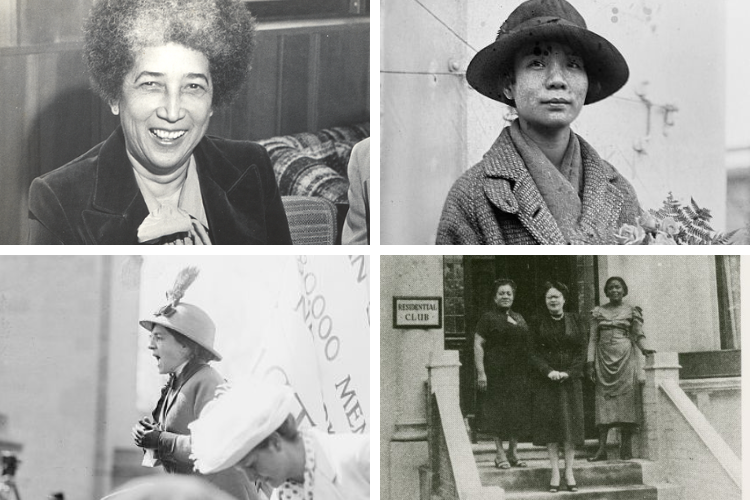Exploring the Legacies of Four Women Activists with Uptown Connections
These fearless women had a shared passion for social change, Uptown, and beyond.
From Harlem to Washington Heights, Uptown’s storied past is filled with revolutionary and resilient chapters of pioneering women across different eras—both changemakers who have lineal links to the community and trailblazers who came from lands far away, but chose Upper Manhattan as a birthing place for their movements. From human rights to equity in education, their efforts spanned different areas, but their narratives collectively illustrate an unwavering passion for driving equality and justice forward, locally and globally.
Although there’s an endless list of influential and impactful women embedded in the fabric of the community—one that continues to grow with the emergence of a new generation of visionaries—for Women’s History Month, we’re amplifying the legacies of four activists with Uptown connections that you should know.
Dr. Antonia Pantoja
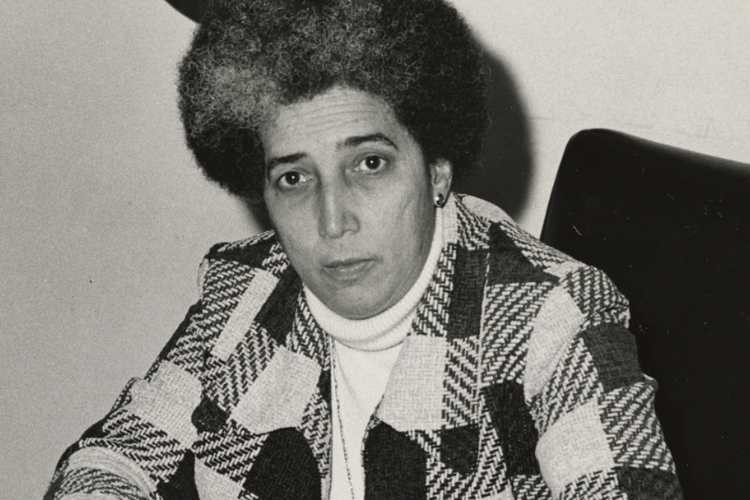
The '60s and '70s were eras defined by justice movements birthed out of battle cries for social change. An unsung visionary at the forefront of grassroots educational equity and civil rights efforts in New York City was activist and social worker Antonia Pantoja. Hailing from the shores of San Juan, Puerto Rico, Pantoja’s mission was rooted in using education as a means to edify and promote self-efficacy among communities across the Latinx diaspora, in both the Big Apple and her native country—two locales that were in the midst of political and economic upheaval in the aftermath of the Second World War.
After arriving in NYC in 1944, Pantoja—who earned her master's degree from Columbia University's School of Social Work in 1952—was dismayed by the disinvestment and disregard for the city’s Puerto Rican community. She bore witness to the ravaging pitfalls of societal systemic oppression and refused to sit on the sidelines. From East Harlem to Washington Heights, she blazed a trail of local impact. She founded the Puerto Rican Forum in 1957 and in 1961, she launched the nonprofit ASPIRA: an organization dedicated to ensuring Puerto Rican youth have access to enriching educational opportunities. The organization led landmark efforts to implement English for Speakers of Other Languages (ESOL) resources in New York City schools and advanced bilingualism.
Nine years later, Pantoja developed the DC-based Puerto Rican Research and Resource Center which laid the foundation for the creation of Boricua College. The liberal arts institution, which has a main campus that sits along Washington Heights’ Audubon Terrace and sites across New York City, was designed to develop culturally responsive learning environments for the local Latinx community and other marginalized groups and advance representation in the realm of higher education.
"Somehow, I learned that I belonged with my people and that I had a responsibility to contribute to them. I will participate in changing the situations of injustice and inequality that I encounter because they deny people their rights and destroy their potential."
She wasn’t afraid to tackle societal identity politics; she proudly embraced her sexuality as a queer woman and celebrated her Afro-Latino roots. Her grassroots efforts were recognized on a national level when she became the first Puerto Rican woman to be bestowed with the Presidential Medal of Freedom by former President Bill Clinton in 1996. Pantoja’s legacy lives on through generations of advocates tirelessly working to eradicate systemic barriers in education and creating safe spaces where their communities can thrive.
Maud Malone
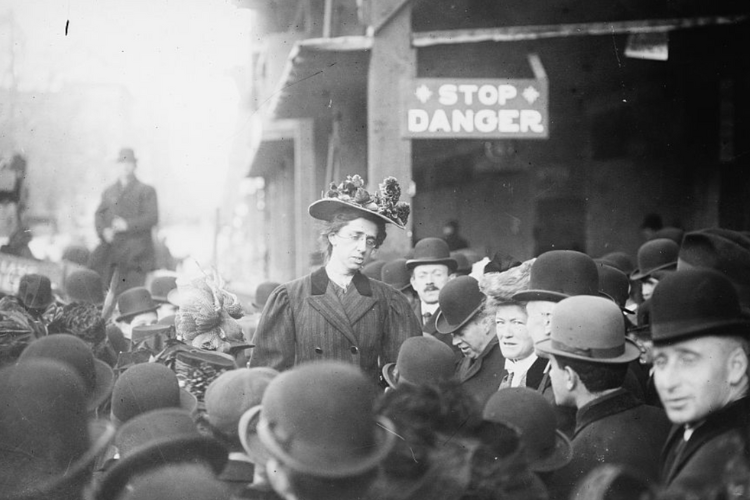
Over a century before the monumental Women's March in 2017, calls for gender equality filled the streets of New York City, and among the resounding voices for transformative change was Brooklyn-bred activist Maud Malone. Malone, an Upper West Side-based librarian with a passion for empowerment, was a pivotal figure in the Women's Suffrage Movement and is credited for introducing open-air sidewalk demonstrations to the crusade for voting rights.
Disappointed by the stagnancy of women’s suffrage—with less than five states passing legislation for women to vote by 1905—she pulled inspiration from her family’s legacy of advocacy and decided to lead efforts that would reinvigorate the movement within New York.
"Nobody can be on the fence in such a question as the suffrage. Everyone must have convictions of some kind or other."
In the early 1900s, she founded the Harlem Equal Rights League: a local collective of suffragettes determined to change the societal status quo around gender equity. Although Malone was at the forefront of many demonstrations, one of her most notable acts of protest happened during an automobile parade in 1914 that trailed from Washington Square Park to Grant’s Tomb in Morningside Heights. She delivered a riveting speech that called for concentrated and forceful measures to advance women’s voting rights. Though different segments of the movement were entrenched in elitism, she was a firm believer that women of all socioeconomic backgrounds deserved a seat at the table.
Dr. Mabel Ping-Hua Lee
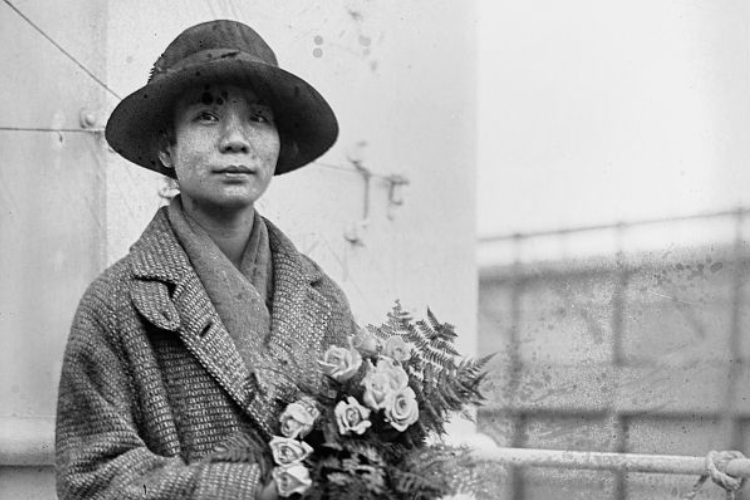
Guangzhou-born, New York City-raised activist Mabel Ping-Hua Lee's advocacy efforts were rooted in the intersectional convergence of race and gender. Lee was a prominent voice for Chinese American rights at the turn of the 20th century. The early beginnings of her women’s suffrage journey are symbolic of the power of youth activism, as she was one of the leaders at the forefront of the New York City Suffrage Parade on May 4, 1912, drawing over 10,000 demonstrators.
However, while women’s suffrage efforts saw some progress, marginalized communities were left behind with discriminatory legislation like the 1882 Chinese Exclusion Act, which ultimately motivated Lee to focus on initiatives that advocated for the needs and elevated the voices of Chinese immigrants in New York City.
"For no nation can ever make real and lasting progress in civilization unless its women are following close to its men if not actually abreast with them."
For Lee, the origins of her dedication to advancing social equality stemmed from her higher education journey Uptown. She earned her bachelor's degree in history and philosophy from Barnard in 1916, received a master’s of educational administration from Teachers College, and made history as the first Chinese woman to earn a Ph.D. in Economics in the United States after graduating from Columbia in 1921. During her later years, she focused on building upon her family’s legacy of faith, leading the First Chinese Baptist Church of New York City and opening the Chinese Christian Center.
Amy Ashwood
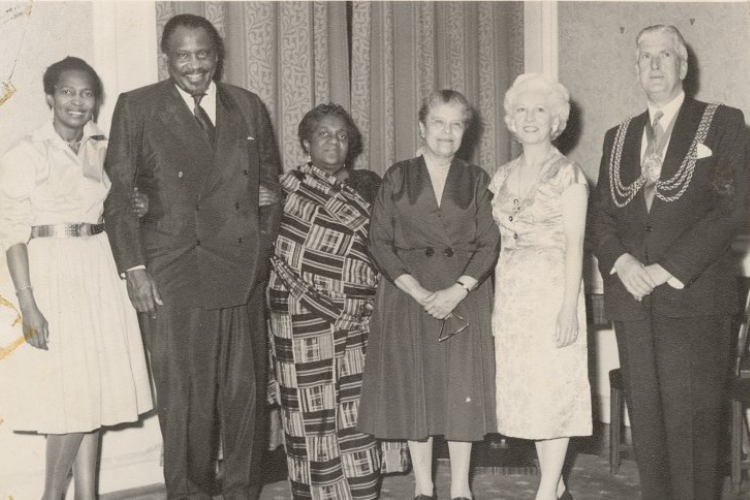
Harlem served as the backdrop of Jamaican-born activist Amy Ashwood’s social impact and political strides. She was one of the visionaries behind the Universal Negro Improvement Association (UNIA)—the largest Pan-African movement of its time—that she launched alongside her former husband, revolutionary activist Marcus Garvey. The UNIA was built on the foundational pillars of empowerment, cultural pride, and economic progress for those who were part of the African diaspora. Though it was created in Jamaica, it truly gained its footing in communities like Harlem where the organization was once headquartered.
"In the post-war world, there must be unity. Women of the world must unite."
Within the UNIA, Ashwood, who served on the organization’s management board and worked in a secretarial role, noticed the voices of women weren’t being heard and created a space for them to bring their ideas and concerns to the table. Following her divorce from Garvey in 1922, she took her mobilization efforts to global heights. In 1936, she founded the Florence Mills Social Parlor in London, where politics and the arts collided through Black artistic expression, and she was instrumental in structuring the Pan-African Congress nearly a decade later.
